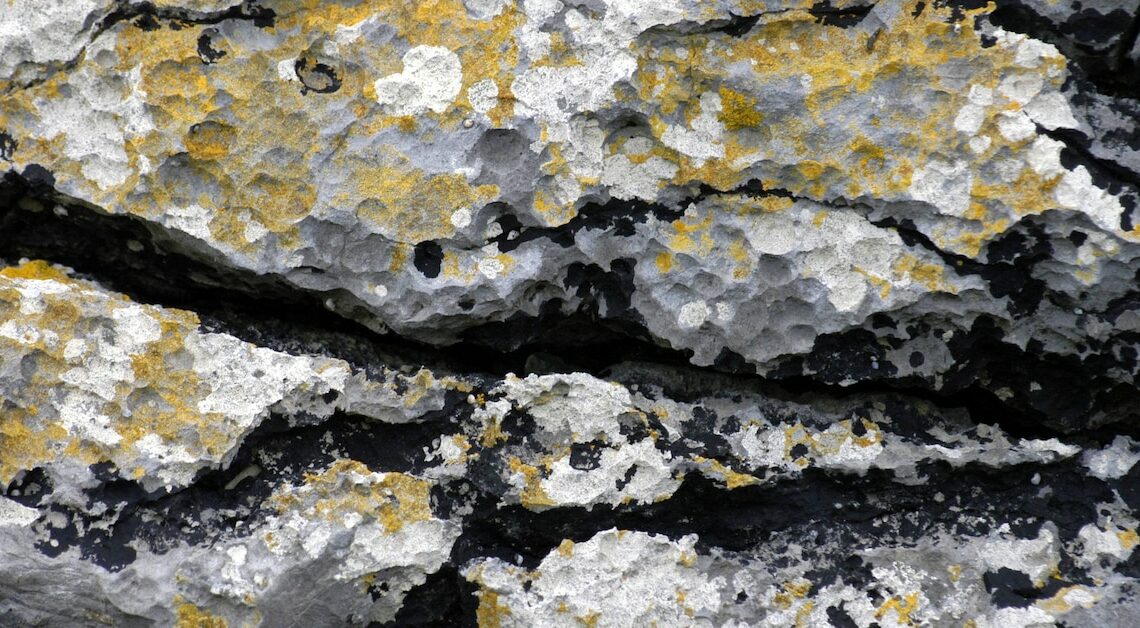
Alkaline earth metals belong to group 2 of the periodic table and include the elements beryllium, magnesium, calcium, strontium, barium and radium.
Properties of alkaline earth metals
The alkaline earth metals have a number of characteristic properties that distinguish them from other metals.
- Alkaline earth metals have a relatively low density compared to other metals. They are also very reactive, especially with water, with reactivity increasing from beryllium to radium.
- The metals in this group have a characteristic silvery-white luster, which, however, quickly becomes dull due to oxidation in air.
- Alkaline earth metals are good conductors of electricity, which makes them valuable for certain technical applications such as batteries. However, conductivity varies slightly from element to element in the group.
- Compared to other metals, alkaline earth metals have relatively low melting and boiling points. Only Berrylium is an outlier in this respect: the metal has a rather higher melting and boiling point.
Occurrence of alkaline earth metals
Alkaline earth metals are widespread in nature as compounds and are found in various minerals and ores. They are abundant in the Earth's crust, with each element having its own specific occurrences in nature.
- Beryllium is found mainly in beryl minerals such as beryl and bertrandite. These minerals occur in pegmatite rocks and are mined mainly in the United States and Russia.
- Magnesium is one of the most common elements in the Earth's crust and occurs in large quantities in dolomite and magnesite.
- Calcium is also widespread in nature and occurs in large quantities in limestone, marble and gypsum. These minerals are not only important for building materials, but also for cement production and as a component of fertilizers.
- Strontium occurs mainly in the mineral celestite, which is found in sedimentary rocks. Strontium is used, among other things, to make fireworks and flares.
- Barium occurs mainly in the mineral barite. It is used in the oil and gas industry, among other things, as a drilling mud additive.
